Discovery of the Historic Roman Aqueduct: An Archaeological Milestone Beneath Rusovce Fortress
Pleasure ripples by way of the archaeological group following the latest unearthing of a outstanding roman aqueduct part beneath the storied Rusovce Fortress. This 38-meter-long construction, courting again to the 2nd century AD, exemplifies the superior engineering expertise of the historic Romans and their spectacular means to govern water sources. The aqueduct, constructed with meticulously fitted stones, not solely highlights the Romans’ architectural prowess but additionally reveals important facets of their every day lives and concrete planning methods. Such a notable discover has sparked discussions concerning the aqueduct’s objective, suggesting it might have been pivotal in supplying water to close by settlements or agricultural actions.
Because the excavation progresses, consultants are taking nice care to doc the construction’s structure and situation, keen to piece collectively its historic narrative. A collection of analyses will observe, aiming to find out the aqueduct’s unique water supply and the applied sciences employed in its building. The invention has additionally ignited curiosity amongst native historians and educators, resulting in plans for guided excursions and academic applications designed to immerse guests within the wealthy tapestry of Roman historical past in Slovakia.The implications of this discover prolong past mere bricks and mortar; it invitations us to rethink the footprint of Roman civilization throughout Central europe.
Building Methods of the 2nd Century AD: insights from the Roman Aqueduct
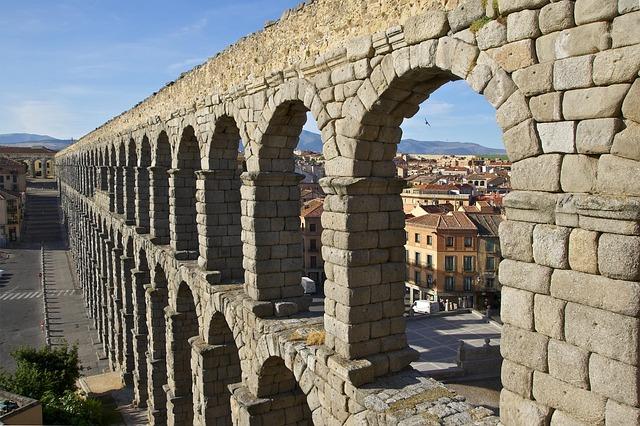
The invention of the Roman aqueduct beneath Rusovce Fortress affords invaluable insights into the development methods employed throughout the 2nd century AD. This outstanding construction, measuring 38 meters in size, exemplifies the engineering prowess of Roman builders. The aqueduct was constructed utilizing regionally sourced stones, meticulously formed to suit securely into place with out using mortar, a method referred to as ashlar masonry. This strategy not solely supplied sturdiness however additionally allowed for the development of intricate arches and helps, which have been important for spanning distances and navigating the panorama’s topography.
One notable facet of the aqueduct’s design is its gravity-fed water supply system, which relied on a constant gradient to make sure the environment friendly stream of water over lengthy distances. the builders ingeniously utilized slopes and channels to information water from distant sources into city areas. Key parts of their building included:
Archways: Using arches to distribute weight evenly.Waterproofing: Coating channels with a combination to forestall leakage.Inspection Wells: Creating entry factors for upkeep.
To quantify among the outstanding options of this aqueduct,the next desk highlights its key attributes:
AttributeDetailsLength38 metersGradientConsistent slopeMaterials UsedLocal stone and mortar mixConstruction TechniqueAshlar masonry & arches
Cultural Significance of Aqueducts in Roman Society and Their impression on Slovakia
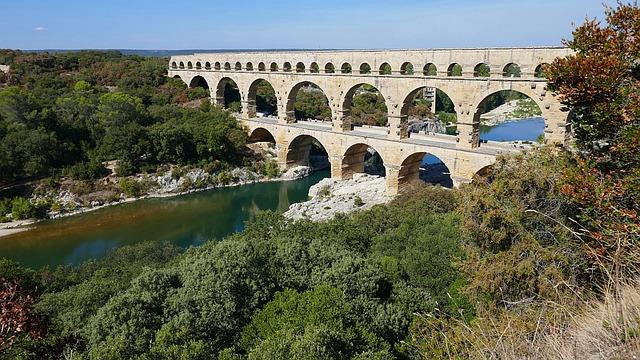
the newly found Roman aqueduct part not solely sheds gentle on the engineering prowess of the Roman Empire but additionally highlights its profound cultural significance in shaping societal constructions. Aqueducts have been instrumental in the expansion of city facilities by offering a dependable water provide, which was crucial for public well being, sanitation, and agriculture. In Roman society, entry to water was steadily sufficient seen as a standing image, and elite houses usually boasted intricate plumbing programs. This entry contributed to a thriving public life,encouraging the institution of public baths,fountains,and thriving marketplaces,fostering group interplay and enhancing the standard of life for residents.
Within the context of Slovakia, the invention of this aqueduct serves as a significant reminder of the area’s historic ties to the broader narrative of Roman civilization. It illustrates how the affect of Roman engineering prolonged past central Europe, impacting the native communities lengthy after the empire’s fall.By facilitating water entry and supporting infrastructure improvement,Roman aqueducts additionally laid the groundwork for medieval and trendy settlements in Slovakia. The importance of such discoveries could be summarized in key factors:
Urbanization: Promoted the expansion of cities and cities.Public Well being: Improved sanitation and lowered illness.Social Construction: Indicated social hierarchy and wealth.cultural Alternate: Inspired the merging of Roman and native customs.
Preservation Challenges and alternatives for the Rusovce Aqueduct Discovery
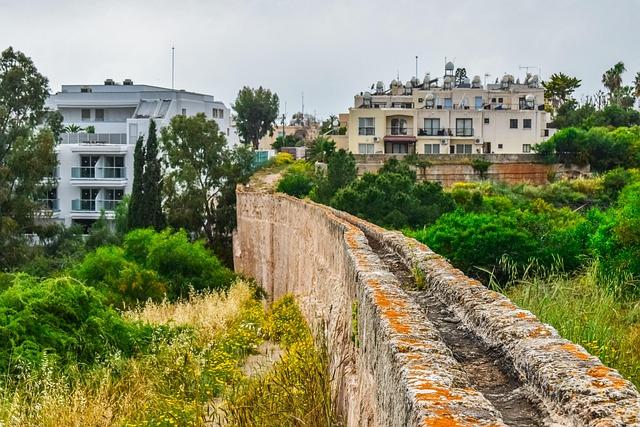
The latest discovery of a Roman aqueduct beneath Rusovce fortress presents each vital challenges and intriguing alternatives for preservation efforts. Over time, numerous environmental components have threatened the integrity of this historic construction, together with soil erosion, groundwater fluctuations, and concrete improvement. Preservationists should thus handle the following challenges to make sure that this historic artifact stays protected for future generations:
Environmental Affect: Assessing and mitigating the consequences of native local weather and climate patterns.City Encroachment: Navigating the complexities of city planning in proximity to the positioning.Customer Administration: Creating methods to handle tourism whereas minimizing injury to the positioning.
Alternatively, the discovery opens doorways to a number of promising alternatives that can improve each preservation efforts and group engagement. With the aqueduct’s historic significance, native authorities and heritage organizations can collaborate to create academic applications that spotlight the Roman engineering prowess. Key alternatives embody:
Analysis Collaboration: Participating universities and consultants to conduct interdisciplinary research.Cultural Heritage Tourism: Creating guided excursions that illuminate historical past and archaeology.Neighborhood Involvement: Encouraging native residents to take part in preservation actions.Problem/OpportunityDescriptionEnvironmental ImpactManaging ecological results on the aqueduct.City EncroachmentBalancing improvement with preservation wants.Analysis CollaborationFostering partnerships for archaeological research.cultural Heritage TourismPromoting knowledgeable native tourism initiatives.
suggestions for Future Archaeological Research and Public Engagement
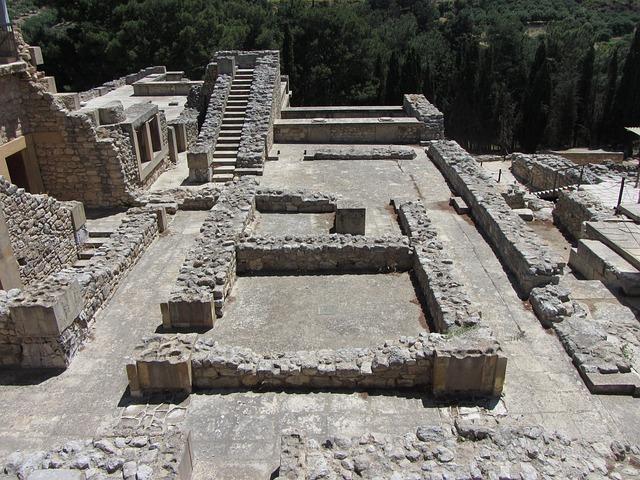
The invention of the Roman aqueduct part beneath Rusovce Fortress not solely enriches our understanding of historic engineering but additionally highlights the necessity for continued analysis and group involvement in archaeological endeavors. Future research ought to prioritize the applying of progressive applied sciences, such as ground-penetrating radar and 3D modeling, to unlock extra insights into the workings and scope of this aqueduct system. Participating interdisciplinary groups,together with historians,engineers,and conservationists,can facilitate a complete strategy to understanding and preserving these important items of historical past. Potential analysis areas embody:
Comparative evaluation of aqueduct building methods throughout the Roman Empire.Website surveys in surrounding areas to establish different potential Roman infrastructure.Water high quality research to evaluate the preservation of supplies used in the aqueduct.Neighborhood archaeology applications that contain native residents in excavation processes.
Public engagement is equally essential for fostering appreciation and understanding of our archaeological heritage. Initiatives needs to be developed to create interactive reveals or digital actuality experiences that permit guests to discover the aqueduct’s construction and historic significance. Collaborating with native faculties and universities can improve group involvement and help academic applications that emphasize the significance of archaeology. Key methods for public engagement may embody:
StrategyDescriptionOpen-Door ExcavationsAllow the general public to witness archaeological digs in real-time.Workshops and LecturesHost occasions discussing the historical past and expertise of aqueducts.Digital StorytellingCreate on-line platforms to share tales and findings with a worldwide viewers.Volunteer ProgramsEncourage participation in conservation efforts by way of volunteer days.
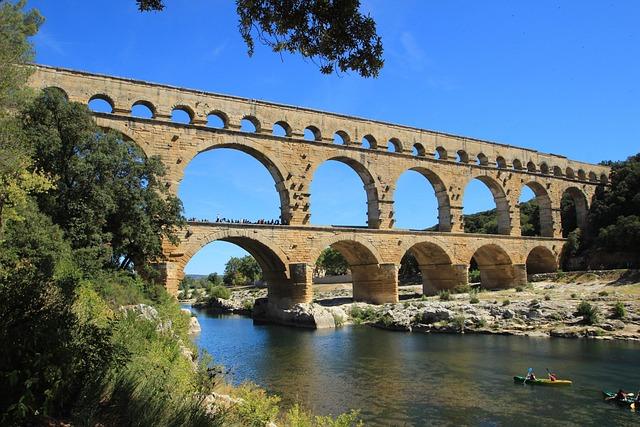
Slovakia’s wealthy historic tapestry is woven with the threads of varied cultures, and the latest discovery of the Roman aqueduct beneath Rusovce Fortress serves as a testomony to the area’s illustrious previous. This outstanding 38-meter-long construction, dated again to the 2nd century AD, not solely highlights the engineering prowess of the Romans but additionally enhances the scenic magnificence of Slovakia. Its restoration and promotion as a vacationer attraction may usher in a renaissance for heritage tourism, drawing guests who’re eager to discover the area’s historic connections. A focused marketing campaign may emphasize the aqueduct’s significance by providing:
Guided Excursions: Discovered guides can element the historical past and architectural significance of the aqueduct, making it an enriching experiance.interactive Displays: Incorporating augmented actuality or digital shows to immerse guests within the Roman period.Cultural Occasions: Internet hosting festivals or reenactments that commemorate Roman historical past, attracting households and lovers alike.
Furthermore, advertising efforts ought to place the aqueduct inside the broader context of Slovakia’s historic and cultural panorama. Collaboration with native tourism boards and heritage organizations can facilitate complete tour packages that embody visits to close by historic websites, thus enhancing the customer expertise.Moreover,the institution of a devoted customer heart close to Rusovce Fortress may function a hub for information,additional growing foot site visitors to the positioning. A comparability of present vacationer points of interest can undoubtedly assist strategize promotional efforts to maximize the aqueduct’s visibility:
AttractionLocationTourist Depend (Annual)Roman AqueductRusovceExpected: 50,000+Bratislava CastleBratislava450,000+Devín CastleDevin200,000+
wrapping Up
the latest discovery of a 38-meter-long part of a Roman aqueduct beneath Rusovce Fortress in Slovakia has illuminated a vital chapter of historic engineering and its lasting impression on the area’s infrastructure. Relationship again to the 2nd century AD, this outstanding discover not solely enhances our understanding of Roman water provide programs but additionally enriches the historic narrative of Slovakia’s interplay with Roman civilization. As archaeologists proceed to discover this website, the artifacts and insights uncovered will undoubtedly shed gentle on the on a regular basis lives of those that thrived in this space over two millennia in the past. The importance of this discovery reaffirms the significance of ongoing archaeological efforts in uncovering and preserving our shared heritage, reminding us of the outstanding feats of ingenuity achieved by our ancestors. As we replicate on this distinctive discover, it turns into clear that each unturned stone has the potential to deepen our connection to the previous and encourage future generations to understand the complexities of historical past. Keep tuned to LBV journal for additional updates on this charming excavation and different archaeological endeavors shaping our understanding of the historic world.
Source link : https://europ.info/2025/03/25/slovakia/roman-aqueduct-section-from-the-2nd-century-ad-38-meters-long-discovered-beneath-rusovce-castle-in-slovakia-lbv-magazine/
Creator : Charlotte Adams
Publish date : 2025-03-25 21:28:00
Copyright for syndicated content material belongs to the linked Source.


